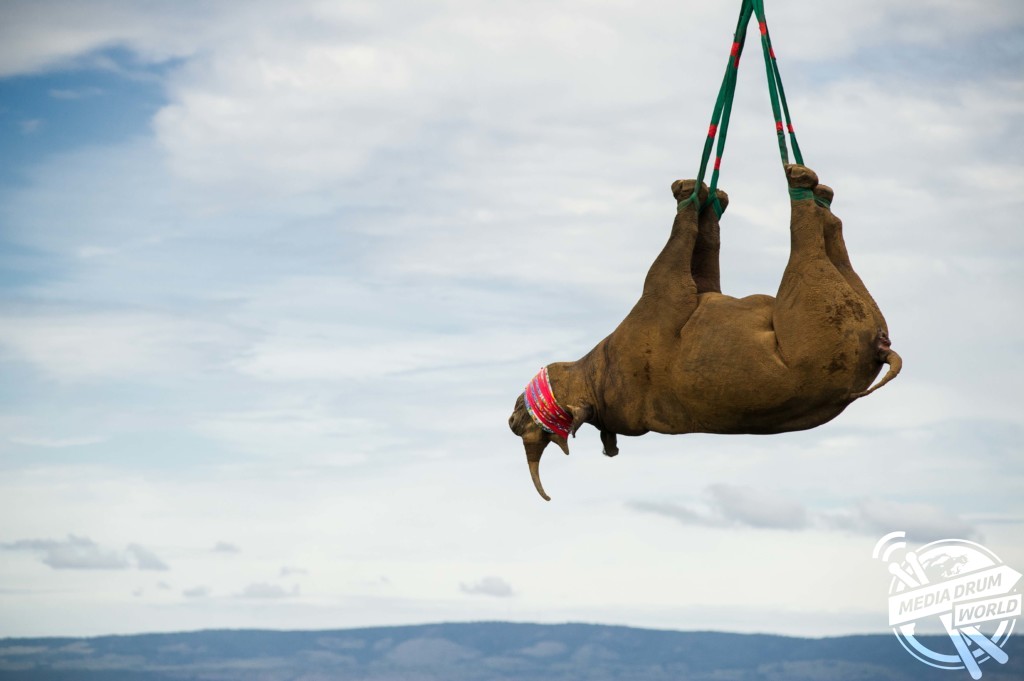
Rhino Airlift
By Rebecca Drew
BREATH-TAKING images showing a black rhino appearing to fly as it is air-lifted out of the South African bush to a new location have been revealed.
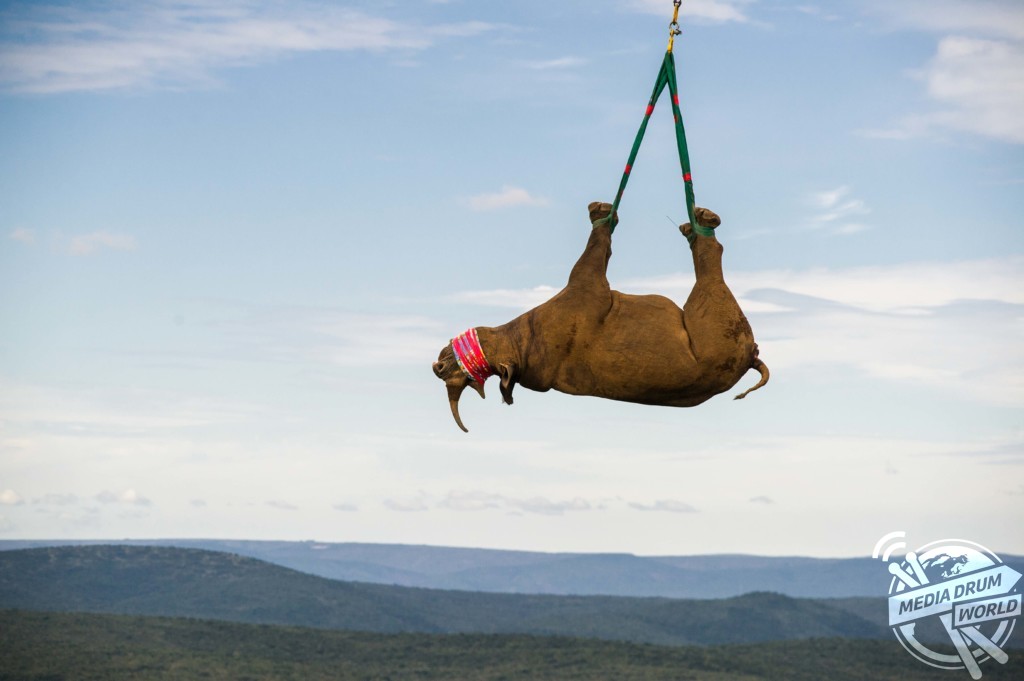
The surreal snaps show the 2,200-pound herbivore slung from a helicopter over stunning rivers and over rolling vegetation all whilst blindfolded. Another picture shows the rhino floating through the clouds.
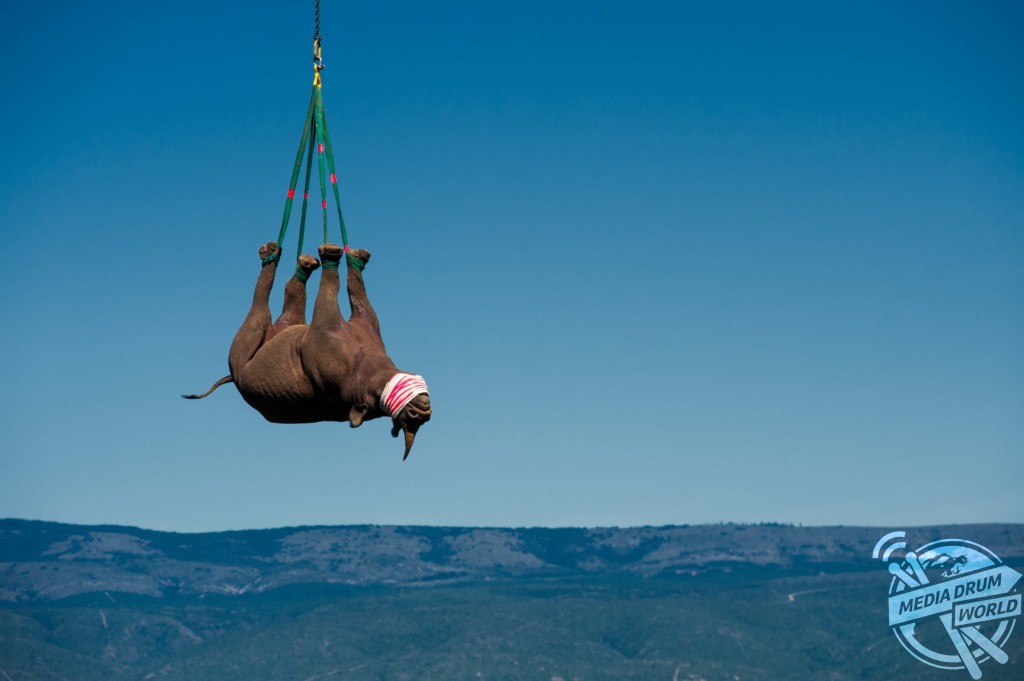
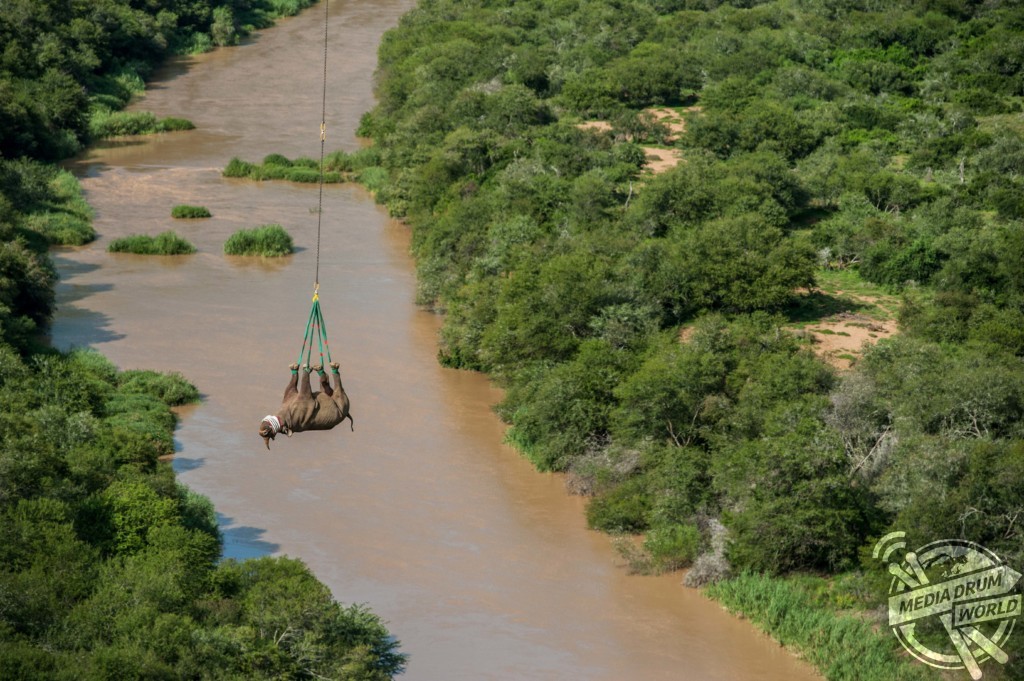
Other shots show the critically endangered species fitted with a tracking device and being lowered to the ground.
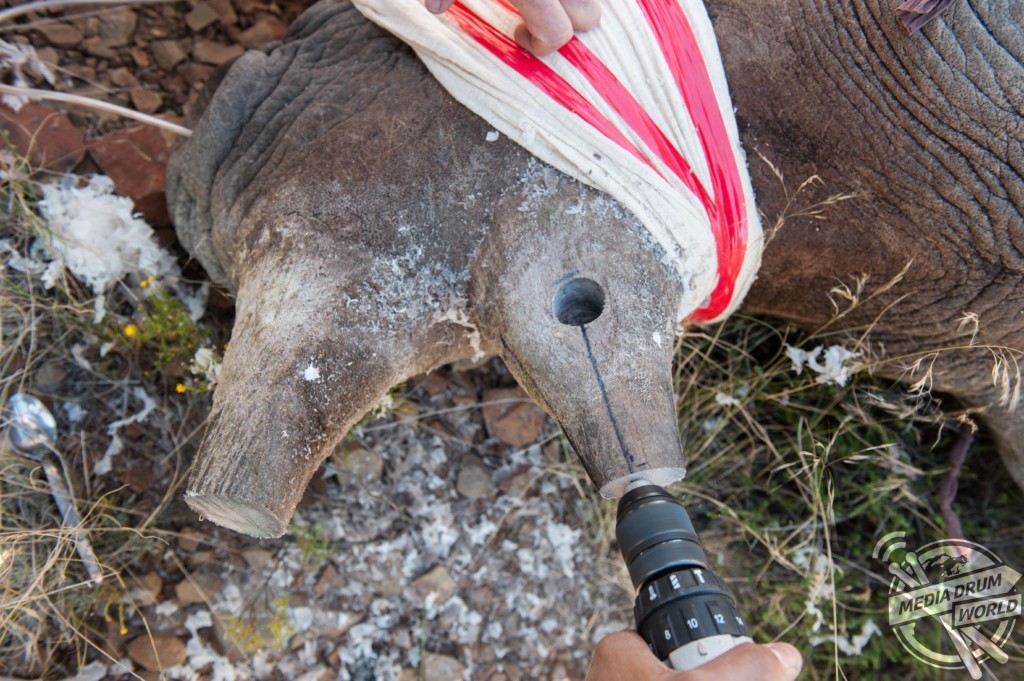
The spectacular images were taken at the Great Fish River Reserve, South Africa by professional wildlife and conservation photographer, Pete Oxford (58) from Torquay, Devon. To take the photos, Pete used a Nikon D3S camera, a brand he has used for 18-years.
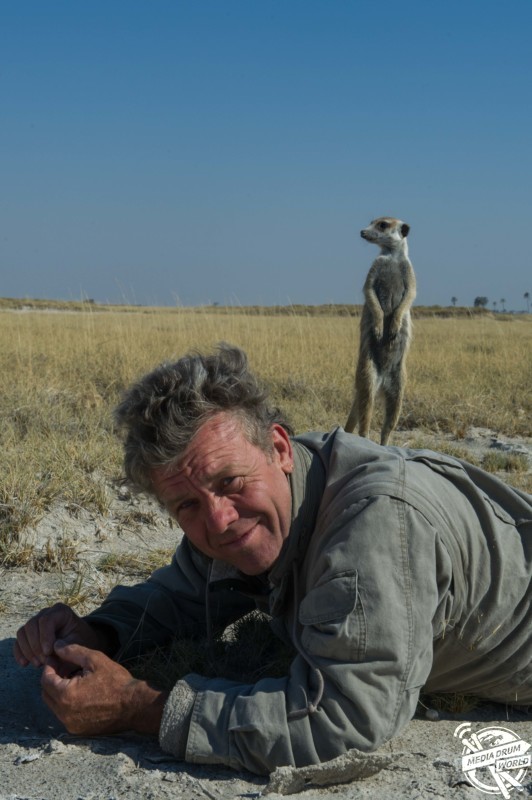
“I was living and working in a National Park in South Africa and was associated with documenting many animal captures and relocations,” said Pete.
“Based on this I was asked to document the capture and relocation of a new founder population of fifteen black rhino from a well-managed and protected reserve in South Africa to an undisclosed new location in the north of the country.
“The idea was to establish a new population with good antipoaching protection to help to geographically diversify black rhinos in South Africa.
“Black rhino can be airlifted by a helicopter, they live in an impenetrable habitat. With a Robinson 44 helicopter we darted the rhino from the air and then were lowered to the ground.
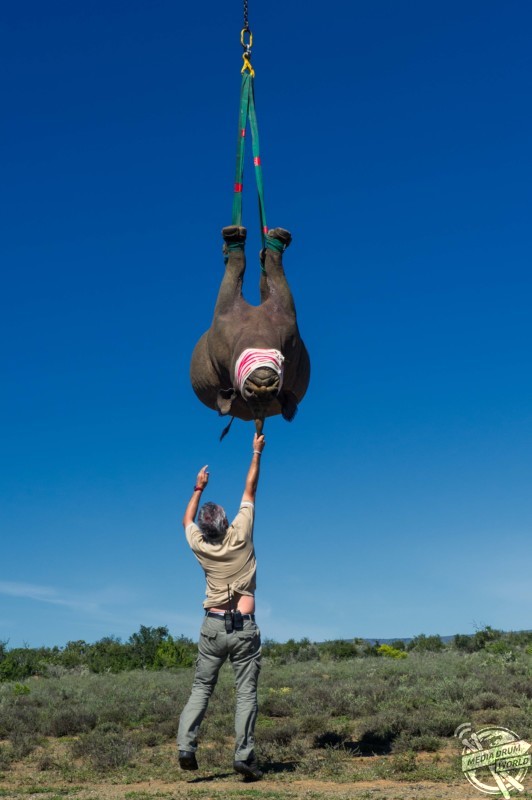
“A Super Hewi helicopter then flew over us, lowered a chain and we slung the animal to be pulled vertically out of the thick bush and transported to the nearest road.
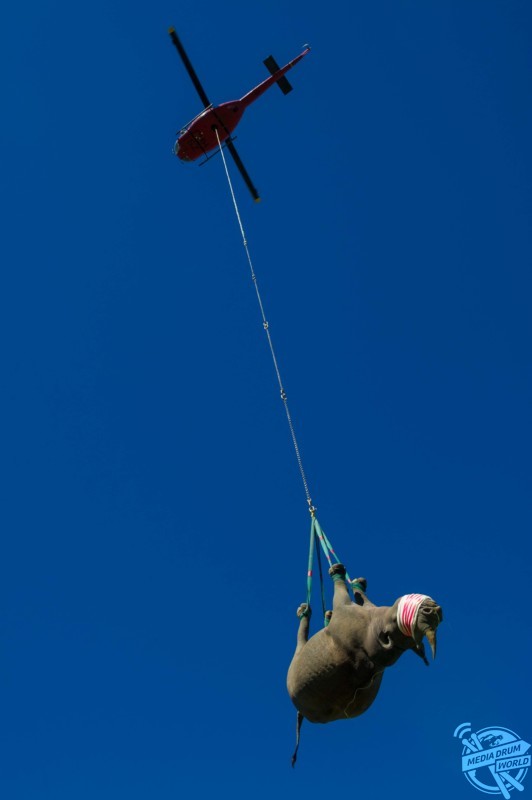
“Once there they were crated and transported to the new location.”
Few rhino live outside of protected habitats with human poaching for horns to be used in traditional medicine playing a large factor in their declining numbers. According to WWF, there are just over 5,000 black rhino left on the planet.
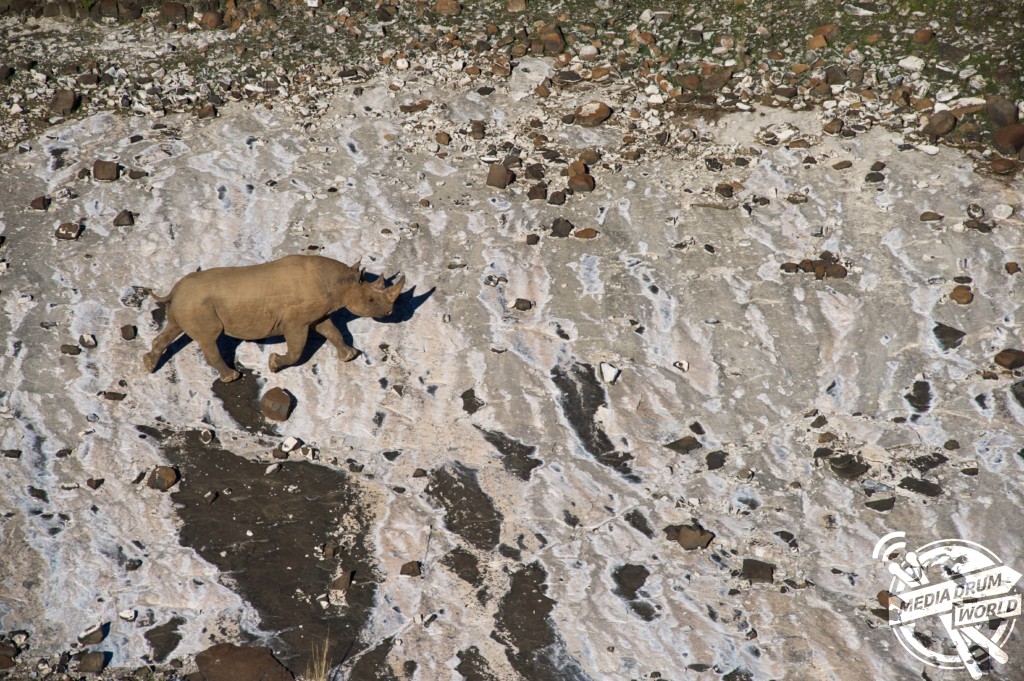
“Conservation of this magnitude is expensive and needs support, conservation in general should be done by all of us and starts at home,” said Pete.
“Rhino horn is worth its weight in gold and threats to all of the world’s rhino populations are grave everywhere.
“Protection is costly and often too much of a financial burden for National Parks or private areas where rhino are found.”

Click to licence images.






